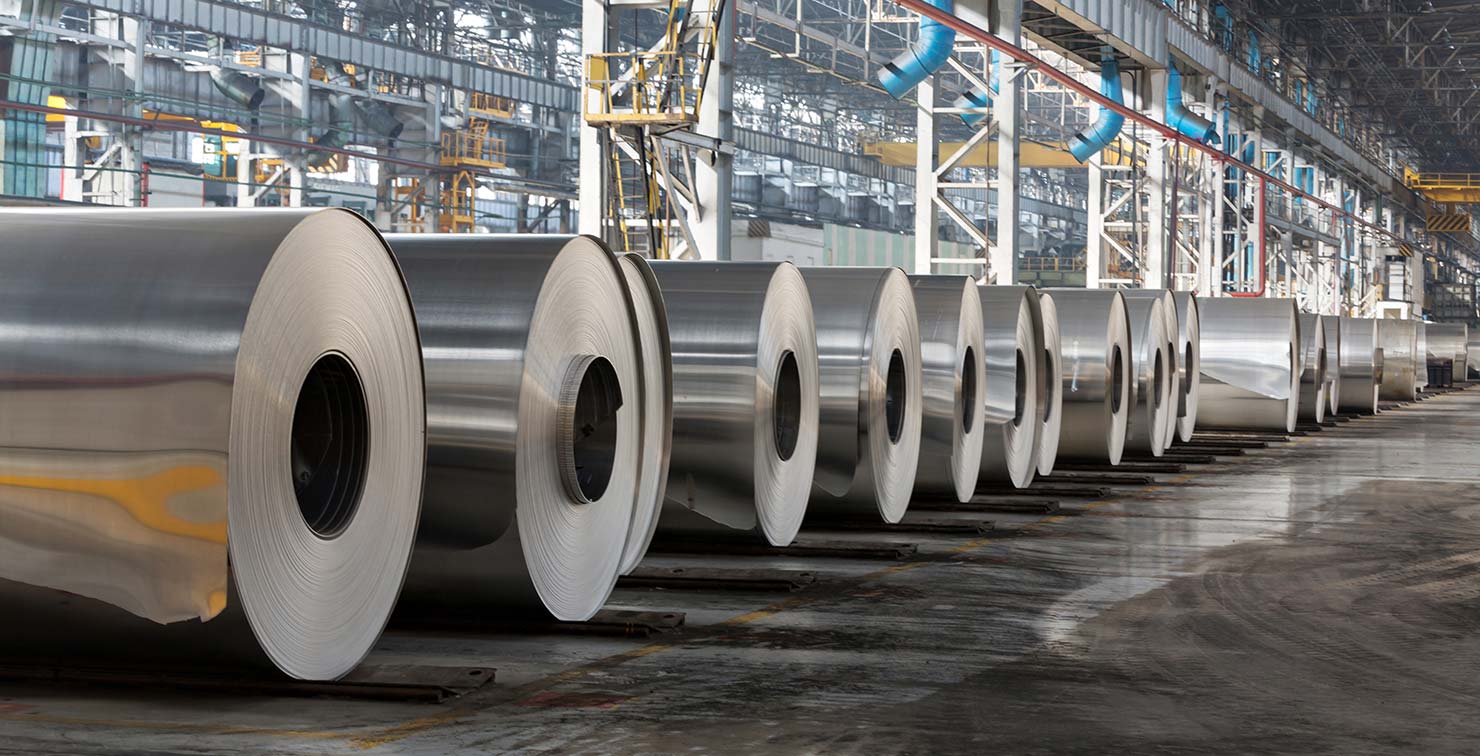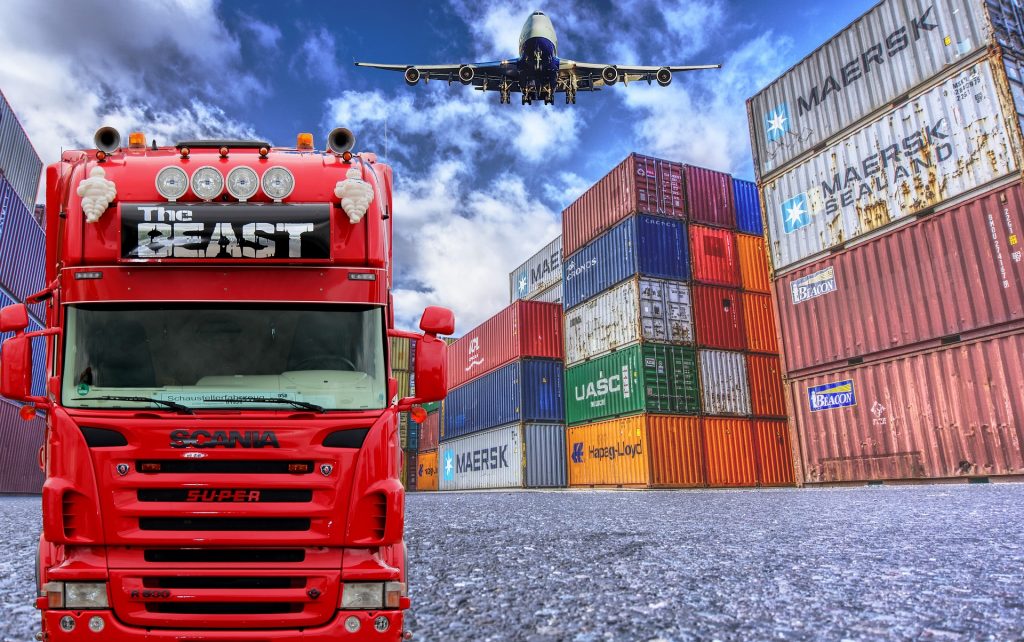Manufacturing organizations have to find innovative ways to tackle a game-changing skills shortage if they intend to thrive in the new decade.
For the past two years, leaders of manufacturing companies around the globe have expressed a growing concern about their organizations’ inability to get skilled, in-demand talent. In our latest Executive Perspectives on Top Risks survey, conducted by Protiviti and NC State University’s ERM initiative in the third quarter of last year, board members and executives from the Manufacturing and Distribution (M&D) industry group identified the inability to attract and retain top talent as their second most significant risk issue, falling just below economic conditions. Of note, inability to attract and retain skilled employees was the top-rated risk for the industry group in 2019, and while it is ranked second for 2020, its risk rating actually increased this year.
As this warning light flashes, industry leaders need to recognize the magnitude of this talent challenge, the contributing factors and the fundamental changes they need to make to rewire core workforce management capabilities.
Are You Employing an Outdated Labor Model?
The skilled-labor challenge that manufacturers and organizations in most other industries confront is tied in many ways to a shortage of employees adept at new technologies. All companies now need more workers with a proficiency in robotic process automation (RPA), machine learning, advanced analytics, artificial intelligence (AI) and other forms of advanced and emerging technologies.
Yes, the low level of unemployment in the past several years in most markets world-wide is a legitimate driver of recruiting and retention challenges. However, the adoption of advanced technologies across industries represents a more fundamental shift that will continue to pose workforce management challenges even when unemployment levels begin to increase.
The magnitude and speed of this technological transition are historic. The constant influx of new technologies in the market may affect business and society to a degree similar to the industrial revolution of the 19th century, which relocated two-thirds of U.S. workers from farms to factories. Today, many employees already feel overwhelmed by the number and depth of technological disruptions that have occurred in the past few years, and they are certain that even larger changes are on the horizon. From an employer perspective, companies face difficulties recruiting and hiring workers with the skills they need quickly enough to optimize the value of new technology investments.
Through all of this, it is also important to note that implementation of advanced technologies has not resulted in significant reductions in workforce size. Rather, it is changing the nature of many current manufacturing jobs by reducing the need for manual work and moving toward more automated and technology-based production methods where humans play a supervisory role.
Consider, for example, the traditional receiving clerk, a role in which barcode scanning, transaction recoding, inventory updating and other manual tasks have been replaced with advanced automation. As more manual touch points are replaced in that manner, manufacturers need their receiving clerks (and employees in other positions) to design, implement, maintain and troubleshoot the technology that is replacing growing portions of their former responsibilities. Current labor models, with their rigorous classifications and emphasis on recruiting over reskilling, are ill-suited for facilitating those needed job and role transitions.
Location also matters. Access to technologically skilled talent and educational institutions is far more restricted in some geographies than it is in others. As the skills challenge intensifies and access to the right talent becomes even more critical, strategic decisions regarding where to locate manufacturing sites, as well as which sites to move or close, will become even more pressing.
Four Innovations to Consider
To address this skills challenge, leading manufacturers are creating innovation/automation centers of excellence – cross-functional groups tasked with identifying and developing new technological solutions along with the recruiting, training and reskilling processes required to execute those solutions. Regardless of which specific group is responsible for addressing the skills challenge, the following approaches should be considered as part of their solution:
- Retool the workforce in an agile manner: As more – and larger – technology disruptions occur, business leaders need to develop new ways to scale traditional training programs to larger segments of the workforce. The mechanisms by which training is delivered need to be streamlined to keep pace with rapidly changing skills requirements. Continuous learning needs to be embraced and rewarded – and coordinated with the swift redefinition of roles and the redesign of teams and functions.
- Evaluate new labor models: Freelancing, contingent labor, the gig economy, flex assignments and other new staffing approaches have greatly increased in recent years. Traditional full-time hiring and outsourcing arrangements are not keeping pace with the 21st-century organization’s fluid workforce planning and talent management needs. That’s why leading manufacturers are exploring fundamentally new labor models that offer more flexibility. One such model consists of organizing the workforce into three categories that help companies, divisions and teams scale up and down much more efficiently: a professional core of full-time employees, a flexible labor force of interim professionals and part-time staff, and contractual-fringe talent firms and individual contractors.
- Foster innovative external relationships: Under current trends identified by numerous authorities, including the World Economic Forum, a significant and growing portion of the workforce will soon consist of contract and temporary employees. Some manufacturers are already creating more complex talent ecosystems that extend beyond their traditional boundaries to improve and accelerate response to changing skills needs. As more workforce management activities extend beyond their organizations, manufacturers need to fortify relationship with outside talent, training and reskilling partners who understand their unique and rapidly changing skills needs.
- Optimize the employee experience: As companies compete for scarce skills in advanced technologies, a best-in-class employee experience continues to serve as a recruiting and retention edge. Establishing and sustaining high levels of employee satisfaction amid continuing technology-driven disruptions to job roles and responsibilities will require ongoing attention and investment.
In light of the current global talent challenge, manufacturers need to rethink and overhaul their labor models, with a focus on innovation and revamping their workforce management strategies. The four approaches we have presented here offer a road map to success in these efforts.
Read additional posts on The Protiviti View related to Manufacturing and Distribution.






